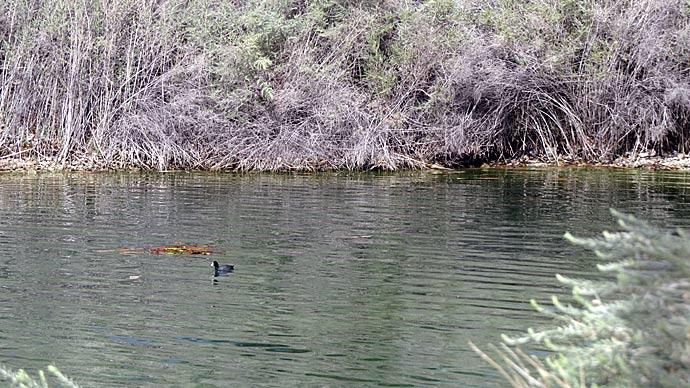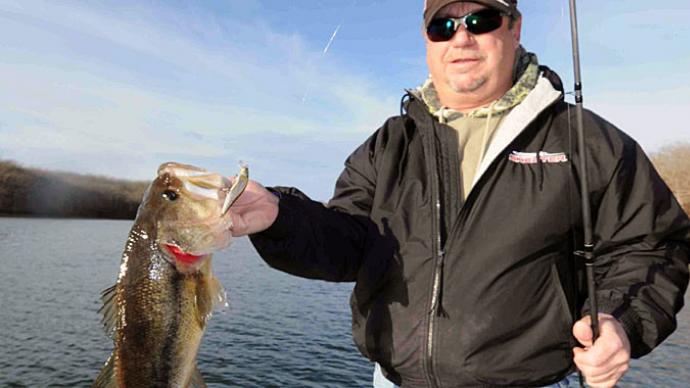
Loyal Pond Boss reader and pondmeister Dave Davidson, of Texas, posed a thoughtful question recently. "I have a water clarity question. I understand that gin clear pond water is devoid of necessary phytoplankton which is the base of the pond food chain. Without it, nothing up the ladder can flourish. To that end, we lime, fertilize and generally manipulate the environment when needed until we satisfy a secchi disk test. However, I have seen many creeks with absolutely clear water and have scuba dived in several fairly clear lakes. Both have supported food chains where fish seem to thrive. How are they different from my pond?"
Great question.
Clear water grows fish. But, clear water is akin to a sterile field. Something can grow and thrive, but not as much.
Wife got four fig trees from friend Carroll Faires fall three years ago. Planted those things, expecting fruit two years later. No go. Soils aren't right. While Carroll's dirt is fig mecca, ours is a virtual desert, and will be until we amend it.
Fish grow and thrive under similar principles. Clear water supports a fish population, especially species suited to clear water, like sight feeders. You won't see many slow moving, smell-dependent fish in clear water.
Fisheries biologists strive to have fertile water because of productivity. Think of it this way...top line predators eat other fish. Tiger musky in the north, largemouth bass, hybrid stripers, crappie...these fish make a living at the expense of smaller, less fortunate fish.
When a fish is first hatched, it has no body fat. It lives on the yolk of its egg. When that yolk is absorbed, tiny fish, not even one-eighth inch, must eat, or will die within hours. If you are a tiny fish, a fraction of an inch long, how big is your mouth? What fits in it? Therein lies the rub. When tiny fish need food, they need it now. Fertile water teems with tiny morsels of food, crucial to survival of tiny fish.
Most top end predator fish need five to fifteen pounds of food to gain a pound. Tiny fry weigh smaller than 5,000 per pound. If supplied with food, within thirty days in their growing season, hatchlings can grow beyond thirty per pound. At that point, forage fish are significant meals for their higher end food chain buddies.
If you do the math, fertile water is four to five times more productive than clear water.
Clear water grows fish, fertile water grows much more fish.
Did that muddy the water?
Reprinted with permission from Pond Boss Magazine


